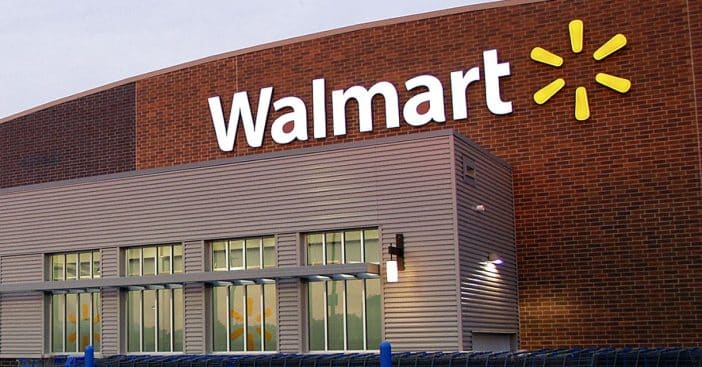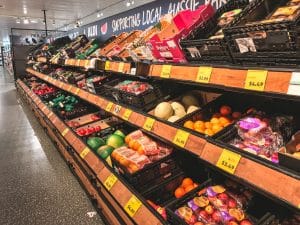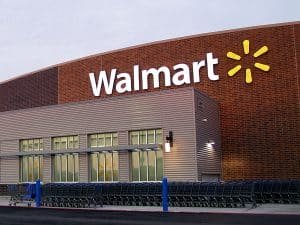
Walmart is one of several big-name stores that participate in price-matching, promising lower prices if you can prove the competition is asking for less money for the same product. All stores are locked into a delicate dance, balancing enticing prices with making a profit. But Walmart in particular has a ripple effect on prices at smaller stores; rather than enticing the competition to lower their prices, they actually get more expensive. Why? Insider refers to the phenomenon as a water bed effect.
Sometimes called the waterbed theory, this observation states that in just about any complex system – from computer code to human languages – whenever complexities pop up in one spot, this will cause complexities to come up somewhere else, rather like how water pops up in various places in a waterbed. Here’s how this works for Walmart.
Walmart has a rippling “water bed effect” on other stores’ prices

The water bed effect “has driven independent grocers out of business and created food deserts,” argues Stacy Mitchell, executive director at the Institute for Local Self-Reliance. First, Walmart secures good prices and terms from its suppliers. This success for Walmart also means good business for suppliers like Kraft Heinz and General Mills, who count Walmart as one of their best business partners. Maybe suppliers don’t make the biggest profit they could – but they have a contingency plan to make up the difference.
RELATED: Walmart Shopper Shows How Cost Of Groceries Went Up By 50% In Just Three Years
Because suppliers then have a reliable setup with Walmart, they are free to set whatever terms they please with other, smaller, businesses. From there, explains Mitchell, “as suppliers cut special deals for Walmart and other large chains, they make up for the lost revenue by charging smaller retailers even more, something economists call the water bed effect.”
Other ways Walmart can call the shots, beyond the water bed effect

Michael Needler is the CEO of Fresh Encounter, a grocery chain with around 100 locations around the east coast. Needler says his chain is feeling the effect of Walmart’s hold over the grocery industry. “When a customer can threaten that much of your sales in one stroke, you have to listen,” says Needler.
It’s gotten to the point that Needler testified before the National Grocers Association, a trade group representing small supermarkets.

Needler argues, “The view from where the independent grocer sits is this: America’s food supply chain problems are a result of increasing concentration and unchecked buyer power by dominant retail chains who force suppliers to discriminate against independent grocery.”

